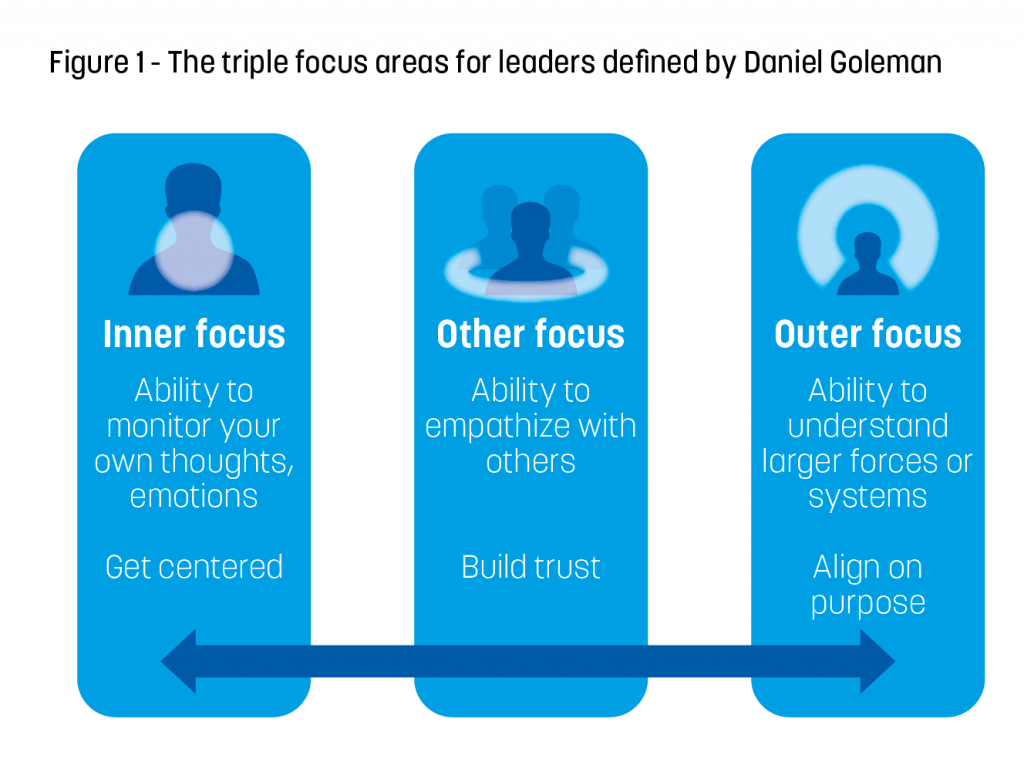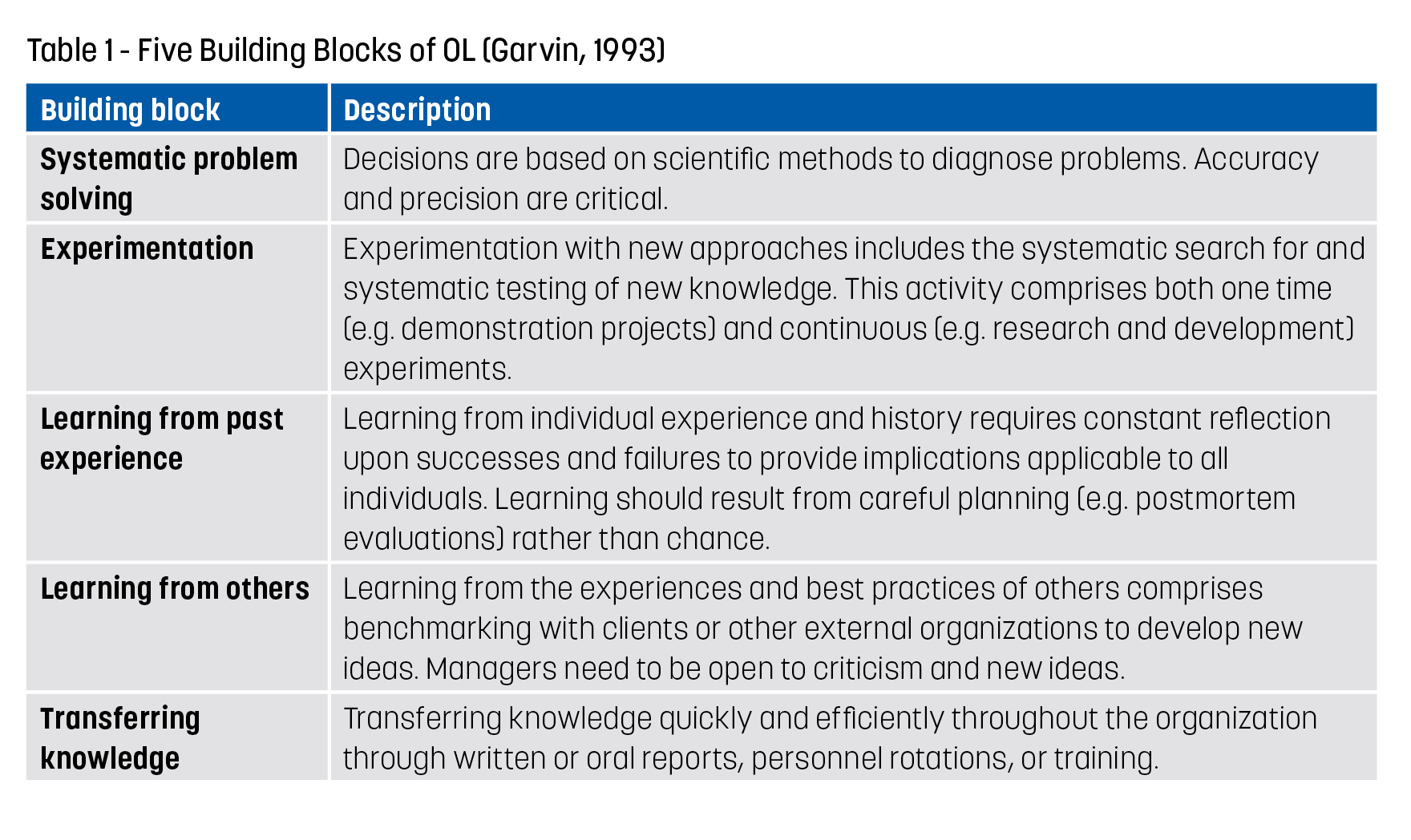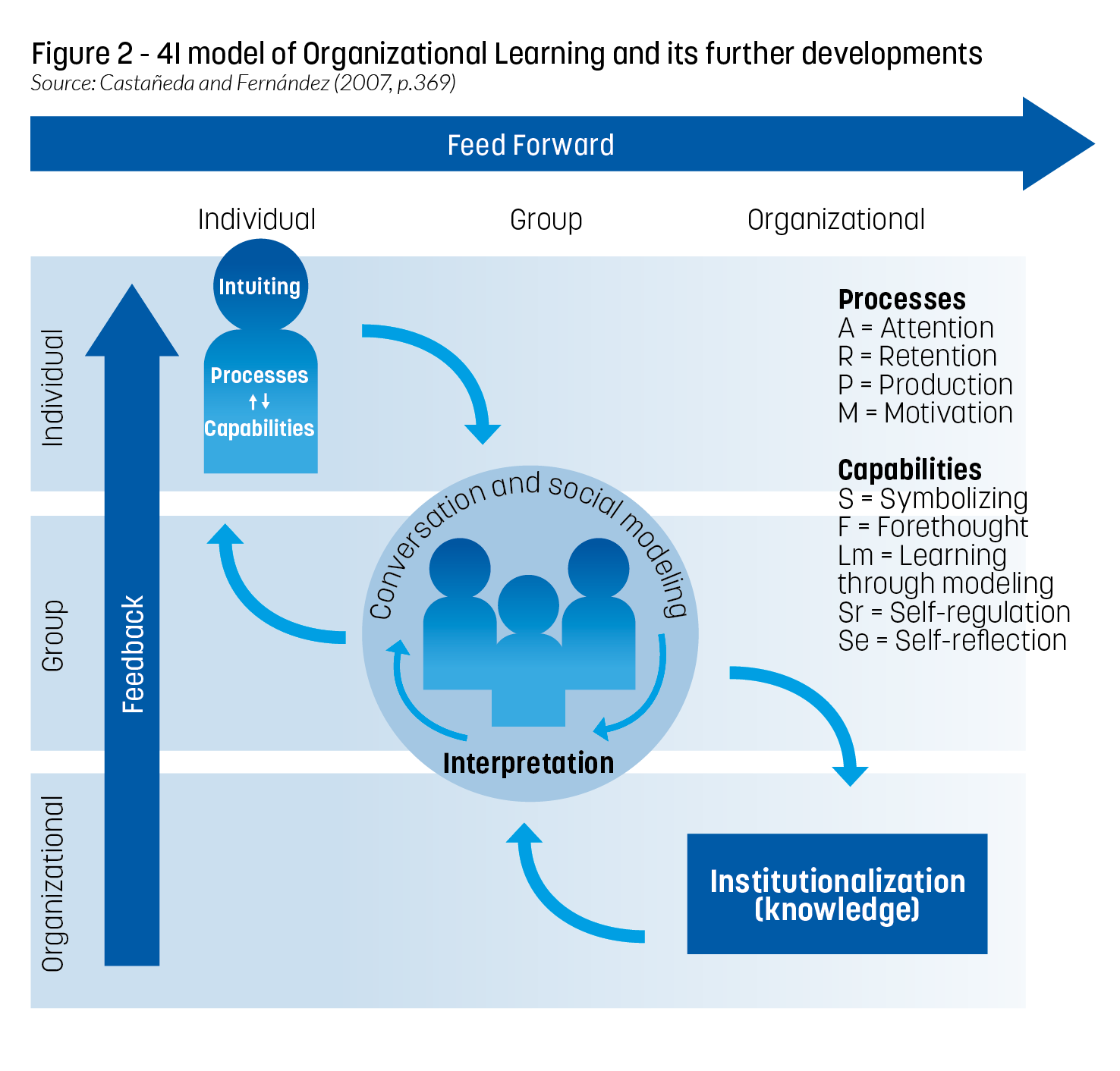Managing organizational performance in a crisis period
18 June 2021
By Erich Kieck and William John GainThis article is based on the presentation by the authors at the WCO webinar “Managing HR through a crisis and beyond”. It looks at how to maintain effective performance in a severely disruptive crisis situation, and explores practical strategies for combining performance and staff wellbeing at work. It considers some general leadership and management practices, as well as the adoption of a learning and leadership framework for organizational learning to build capacity and sustainability.
The COVID-19 pandemic has had, and continues to have, a tremendous impact on our societies and economies. Individuals and organizations around the world have had to adjust very quickly to new ways of working. “Zoom” became a household name overnight. The vaccination roll-out has started in some countries, and restrictions have been eased in others. Yet there is still significant uncertainty and a long road to recovery ahead of us. From an organizational perspective, the future of how we work will be different, and we will not be going back to what we had before March 2020.
Many leaders and managers had to change how they worked with their organizations and teams, during a very difficult time. For many, very little guidance was available and they had to adapt rapidly as the situation progressed, including managing teams which were working remotely. A massive obstacle for many was how to mobilize people to perform when they were coping with deaths or serious illness within their immediate families, or with the challenges of working from home while simultaneously caring for children because of school closures. In a survey by SAP, the IT firm, 75% of people felt more socially isolated, 67% reported higher stress levels, 57% suffered greater anxiety and 53% felt more emotionally exhausted. Shockingly, nearly 40% said their company had not even asked them how they had been doing since the pandemic started[1].
According to an article published by the management consulting firm Gallup [2]: “Leaders don’t need to predict the future. What followers need most are trust, compassion, stability and hope.”
The COVID-19 pandemic is dramatically increasing the demand for leadership and management capacity. To lead our organizations and people through this historic moment effectively, leaders and managers need to show the very best versions of themselves. The ISO Leadership and Management Development (LMD) programme (which itself had to be adapted for virtual delivery in 2020) uses the concept of “Grip” to remind leaders and managers of a few basics when working with teams and individuals. “Grip” is defined as keeping a firm hold, and providing safety and support. It consists of three connected parts: Self, Team, and Task[3]. This concept is fully aligned with the triple focus areas for leaders defined by Daniel Goleman[4] and depicted in Figure 1: Inner focus, Other focus and Outer focus.

Goleman also refers to the one “meta” ability[5] that emerges from research on leadership: self-awareness. According to him, “chief executives need self-awareness to assess their own strengths and weaknesses, and so surround themselves with a team of people whose strengths in those core abilities complement their own. This means inner focus”. This is the “Self” part of the “Grip” concept. Before the pandemic all but halted flights, one of the first announcements, in the safety demonstration before the flight commenced, called on travellers to put their own mask on first before helping others. The same applies to leaders. Even experienced leaders have their limits and need to invest in themselves and build their inner focus. They can only support their teams and achieve their goals if they show up fully centred. Leaders have to look after themselves in order to look after others. Adopting a daily practice, such as mindfulness, meditation or a walk, can be helpful here.
The second element of the “Grip” concept, maintaining a grip on your Team, or the “other focus” in Goleman’s triple focus model, is about rallying people behind a shared purpose and keeping your team together and focused during tough times. A key ingredient here is empathy. This is the ability to understand the members of your team. What is important for them, what fears and concerns do they have, what do they need from you to perform? This is essential to build trust. Real teamwork begins and ends with building trust. Patrick Lencioni, in his book The Five Dysfunctions of a Team, regards trust as the most important ingredient for teamwork. Some practical tips are to have regular calls if possible, to listen carefully to tone, body language and facial expressions, and deliberately ask each person for input, even on something as basic as how they are coping. In other words, there should be no “invisible” team members.
As for the third part of the “Grip” concept, maintaining a grip on the Task, or Goleman’s “outer focus”, the management consulting firm McKinsey advocates a re-think to improve performance[6]. According to them, “the current crisis has dramatically affected goals and performance plans, with the added wrinkle of making the people who are working remotely even more reliant on performance management to tell them how they are doing”. It is essential for managers to have regular conversations with their teams around priorities that may be changing frequently as a result of the pandemic. This ensures transparency, and also signals flexibility. In addition to these regular conversations, managers need to connect priorities with individual tasks and activities. This will hopefully contribute to teams staying focused during challenging times. However, all of this need to be underpinned by a strong sense of direction and focus (“It starts with Why”)[7]. In difficult times, we need to remind our teams (and ourselves!): Why does this matter? What are our goals? How do you contribute? Another key issue that McKinsey recognizes is continuous learning and adaptation.
For Customs administrations, managing staff performance in a crisis period and beyond necessitates active leadership and extensive deployment of learning tools, underpinned by consistent application of feedback loops and active dialogue across and between teams. Adopting a learning and leadership framework provides a pathway for organizations to develop their most precious people resource and cement a learning and innovation culture in which teams can continually learn together, and where creativity and innovation are encouraged and celebrated at all levels.
Peter Senge[8], in his publication The Fifth Discipline: the Art and Practice of the Learning Organization, describes an organization adopting such an approach as follows: “Learning organizations are places where people continually expand their capacity to create results… patterns of thinking are nurtured, where collective aspiration is set free, and where people are continually learning how to learn together”.
Senge[9] extends this definition as follows:
“The core of Learning Organization work is based upon five learning disciplines:
Personal Mastery – learning to expand personal capacity to create desired results, creating an organizational environment which encourages members to develop.
Mental Models – reflecting upon, continuing clarifying, and improving our pictures of the world.
Shared-Vision – building a sense of group commitment by developing shared images of the future and the principles and guiding practices to get there.
Team Learning – Transforming conversational and collective thinking skills, so that groups develop greater talents than the sum of the individuals.
Systems Thinking – A way of thinking about, and a language for describing and understanding, the forces and interrelationships that shape the behaviour of systems.”
Transforming Customs administrations into entities which remain agile and are able to respond to crisis situations, both in the face of the current COVID-19 pandemic, and also in the future, requires a long-term approach to build a learning and leadership culture, by adopting incremental building blocks that contribute to the realization of an organizational shared vision.
Garvin[10] suggests five building blocks to guide and extend organizational learning. These are described in Table 1: systematic problem solving, experimentation, learning from past experience, learning from others, and transferring knowledge.

In addition to these building blocks, integrating and communicating milestones and innovative approaches for learning can assist in reinforcing the necessary organizational culture change. Innovative approaches and milestones may include:
- Moving from training to learning;
- Creating learning and innovation labs[11] to test and pilot interventions;
- Encouraging scenario planning;
- Sharing results with organizations across borders to underpin Customs as the lead agency at the border;
- Implementing active dialogue at all levels within the organization to reinforce innovation and learning – dialogue is a key cross-cutting tool.
Active dialogue can be defined as follows: “The intention of dialogue is to reach new understanding and, in doing so, to form a totally new basis from which to think and act. In dialogue, one not only solves problems, one dissolves them. We do not merely try to reach agreement, we try to create a context from which many new agreements might come.”[12]
Bringing it all together, Castañeda and Fernández[13] suggest there is a need to develop an integrated system of critical components to ensure sustainability of implementation, as shown in Figure 2.

In Summary – “It’s all about people”
Leading a 21st-century organization was already complex, given the rapid pace of change and digitalization. With the pandemic this has accelerated. For Customs administrations to respond and recover from this and future crises, a number of critical workforce strategies are needed. These include strategies and measures to develop leadership and management capacity. The concept of a learning organization provides a set of guiding principles and tools to integrate innovation, team learning and the agility to respond when needed.
More information
Communication@wcoomd.org
[1] Smith R., How CEOs Can Support Employee Mental Health in a Crisis, Harvard Business Review, 1 May 2020.
[2] Berg P., Remember the Needs of Followers During COVID-19, Gallup Workplace, 30 March 2020.
[3] Adapted from Liz Richardson, The Bridge, 7 October 2020.
[4] Goleman D., Why Leaders Need a Triple Focus, University of Berkeley, Greater Good magazine, 21 January 2014.
[5] “A meta‐ability is an underlying, learned ability which plays an important role in allowing a wider range of management knowledge and skills to be used effectively.” Meta‐ability development: a new concept for career management, David Butcher, Penny Harvey, Career Development International, 1 April 1998.
[6] McKinsey Insights, HR says talent is crucial for performance—and the pandemic proves it, 27 July 2020.
[7] Sinek S., Start with Why, 2009.
[8] Senge, Peter M., The Fifth Discipline: the Art and Practice of the Learning Organization, New York, Doubleday, Revised & Updated edition, 2006, p. 3.
[9] Senge, Peter M. [and others], The Fifth Discipline Fieldbook: Strategies and Tools for Building a Learning Organization, Doubleday, 1994.
[10] Garvin, David (1993) in Basten, Dirk and Haamann, Thilo (2018), Approaches for Organizational Learning: A Literature Review, Sage Open, July – September, 2018: 1-20.
[11] Daniel, Kim (1993), The Link between Individual and Organizational Learning, MIT, Sloan Management Review..
[12] Wiliam Isaacs, Dialogue and the Art of Thinking Together, New York, Doubleday, 1999, p. 19.
[13] Castañeda and Fernández, 4l model of Organizational Learning and its further developments, 2007, p. 369.
Erich Kieck is the Director for Capacity Building at the International Organization for Standardization (ISO). He held the same position at the WCO from 2011 to 2015. Bill Gain is the Global Lead for Trade Facilitation, Customs Reform and Border Management within the World Bank Group’s Macroeconomics, Trade and Investment Global Practice.
